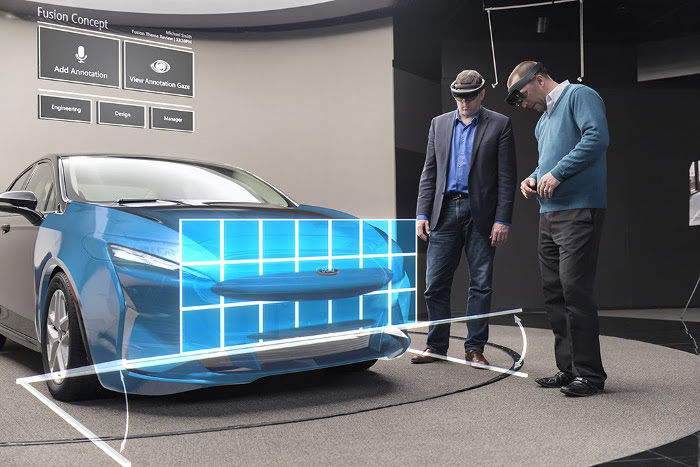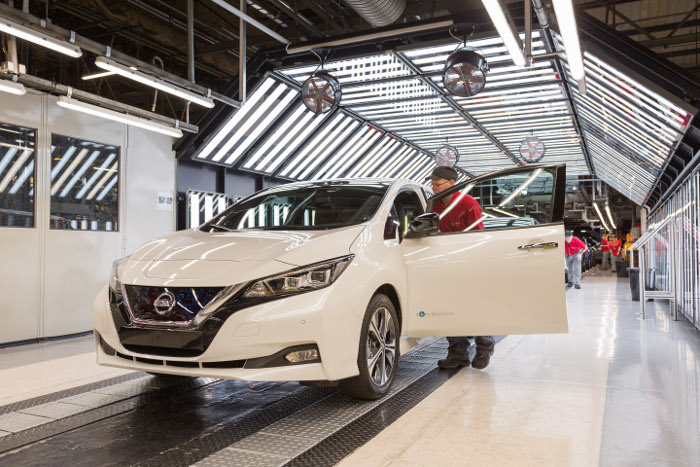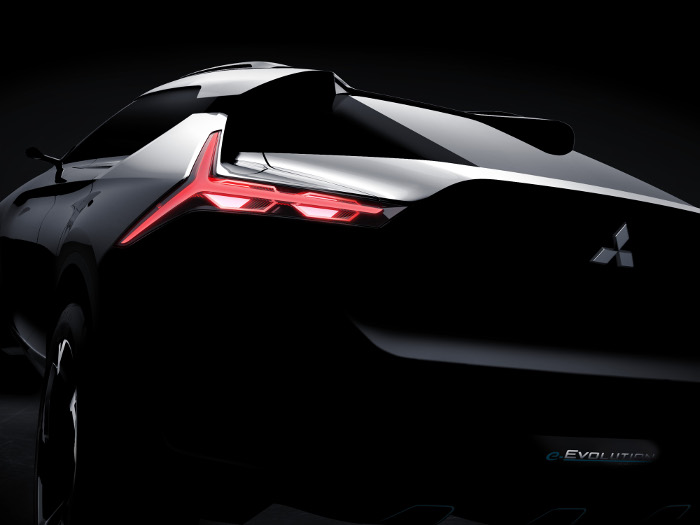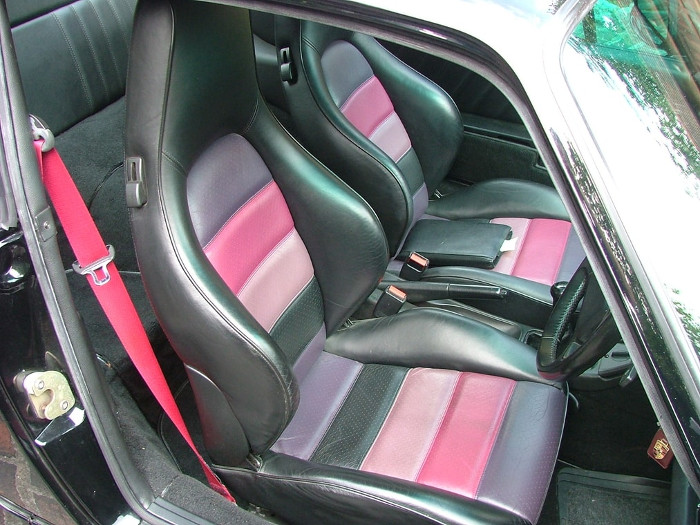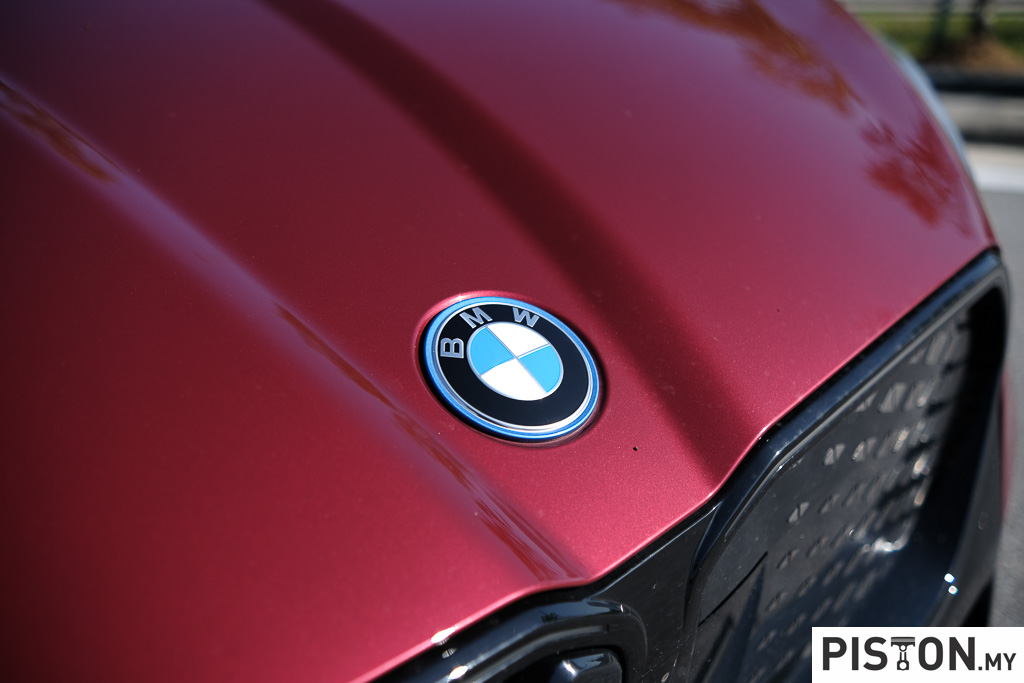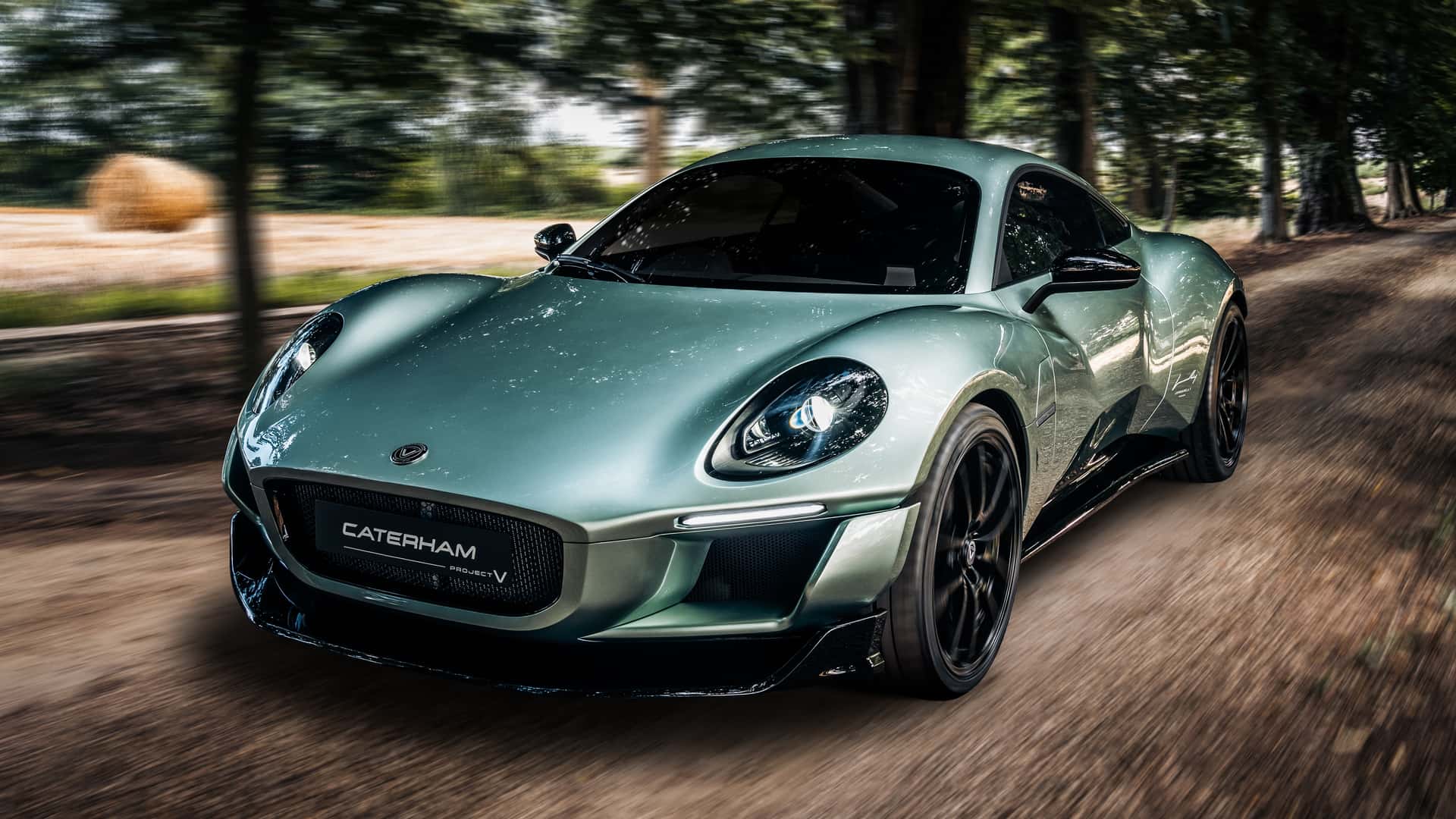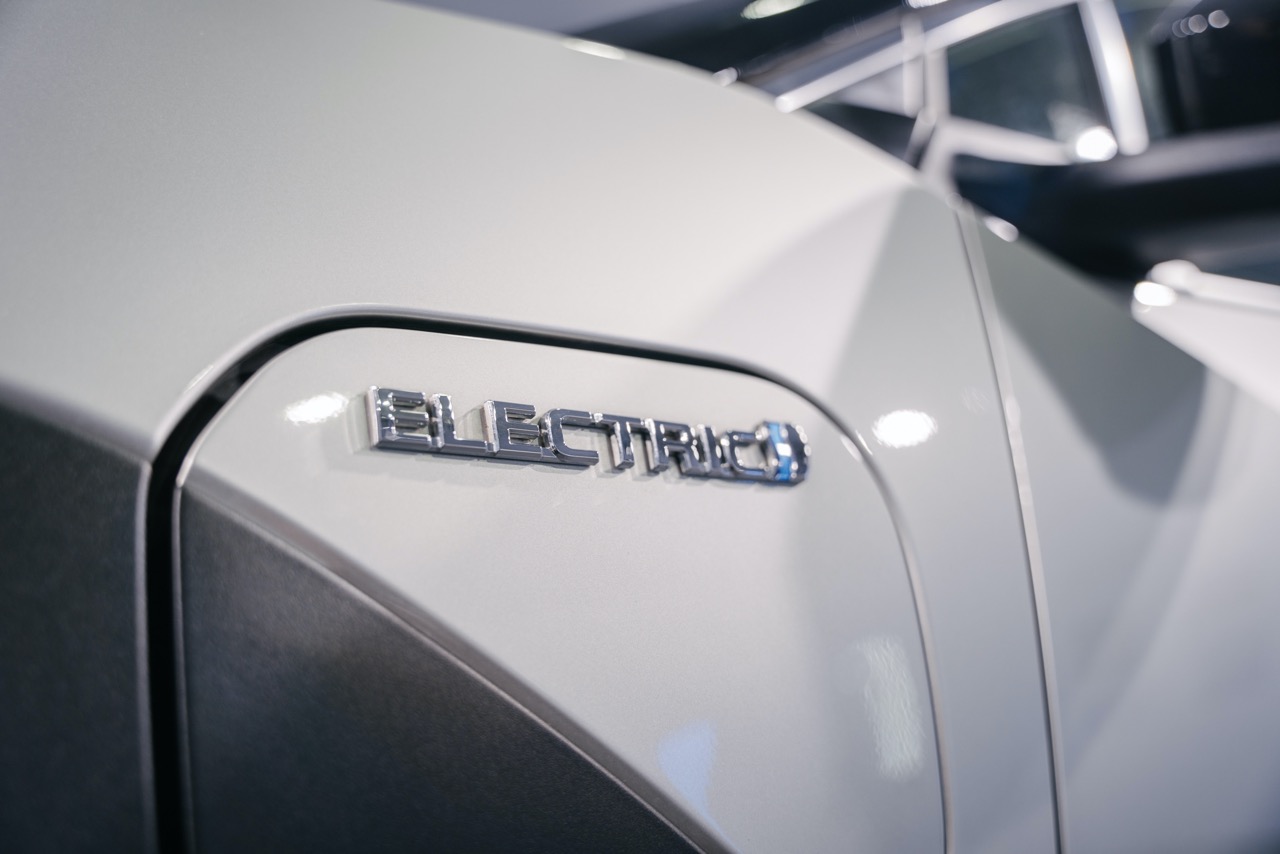Many of us car enthusiasts were bitten by the automotive bug at an early age. Some of us had pinup pictures of Ferrari F40s and Lamborghini Diablos on our bedroom walls with aspirations of one day owning one of them.
In the case of 12-year-old Nikolass Bertanss, adolescence should prove to be a lot more interesting. He has his very own E36 BMW M3 that he uses for drifting. As absurd as that may sound, it gets better, the car was given to him as a gift for his birthday.
It’s been fully modified with a lot more power, better suspension, a roll cage and a ton of other upgrades to make it a competitive drift car. Unlike the standard M3, this one has had its original engine swapped out for a powerful V8 that sounds amazing.
Despite what many might think, Bertanss has some crazy skills when it comes to drifting. A skilled drifter, he is fully capable of handling his car around drift tracks with great aplomb. And will probably get even better as he matures.
The car’s cockpit has been reworked to accommodate his smaller size. It’s pedals can be adjusted according to his liking, which in the long run, can be pushed further back to accommodate his growing stature. This will allow Bertanns to grow into the car as he gets older and is of legal age to participate in competitive drifting.
Check out the videos by Youtube Channel robyworks and see for yourself how getting children interested in cars at an early age can save them from any other types of addictions.






